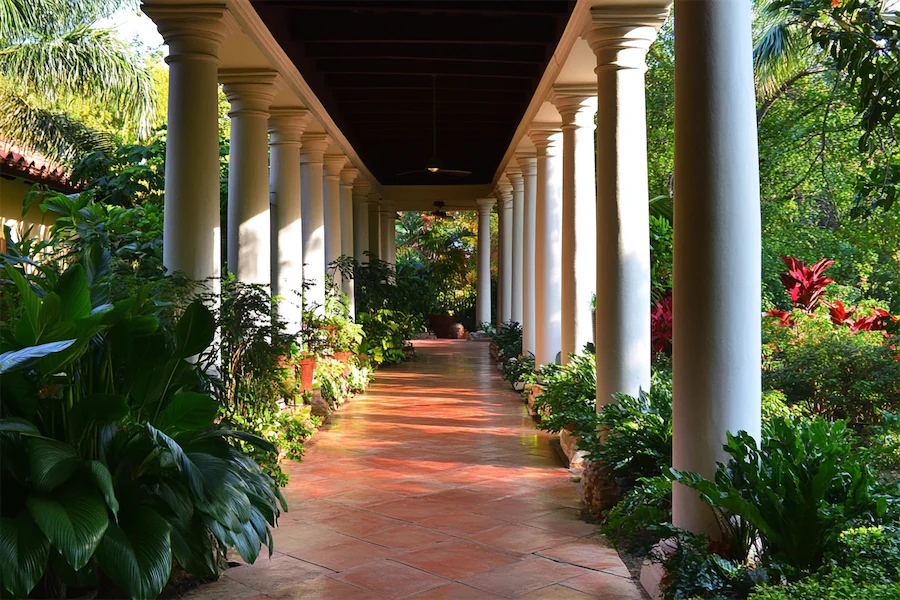Tropical Colonial architecture represents a harmonious blend of European colonial design principles with adaptations suited to tropical climates. A prominent feature of this architectural style is the use of columns, which not only provide structural support but also contribute to the aesthetic appeal of the buildings.
History and Origins of Tropical Colonial Architecture
During the colonial era, European powers established settlements in tropical regions, bringing with them architectural styles from their homelands. To accommodate the new environmental conditions, these styles were modified to enhance ventilation and protect against the elements. This led to the development of Tropical Colonial architecture, characterized by features such as wide verandas, elevated foundations, and large windows.
Key Features of Tropical Colonial Columns
In Tropical Colonial architecture, columns are integral elements that reflect both classical influences and practical adaptations:
- Material Selection: Columns were traditionally constructed from locally available materials, including wood and stone, to withstand the humid and often harsh tropical climate.
- Design and Proportions: Adhering to classical proportions, these columns often feature simple designs with minimal ornamentation, aligning with the aesthetic preferences of the colonial period.
- Functional Aspects: Beyond their structural role, columns support expansive verandas and overhanging eaves, providing shade and facilitating air circulation—crucial for comfort in tropical environments.
Applications of Tropical Colonial Columns
Columns in Tropical Colonial architecture are utilized in various ways:
- Residential Buildings: They frame porches and verandas, creating inviting outdoor spaces that are sheltered from sun and rain.
- Public Structures: In buildings such as courthouses and administrative offices, columns convey a sense of grandeur and authority, reflecting the colonial presence.
- Religious Institutions: Churches and mission buildings often feature columned facades, combining European ecclesiastical designs with local adaptations.
Considerations When Choosing Tropical Colonial Columns
When incorporating columns into Tropical Colonial designs, consider the following:
- Material Durability: Select materials that resist decay and termites, common in tropical climates. Treated hardwoods or modern composites can offer longevity.
- Maintenance Requirements: Regular upkeep, such as painting and sealing, is essential to protect columns from moisture and insect damage.
- Aesthetic Consistency: Ensure that the column design complements other architectural elements, maintaining the cohesive colonial aesthetic.
Conclusion
Tropical Colonial columns exemplify the fusion of European architectural heritage with practical adaptations for tropical climates. Their enduring presence in various structures highlights their functional benefits and timeless appeal, making them a distinctive feature in the architectural landscape of tropical regions.
